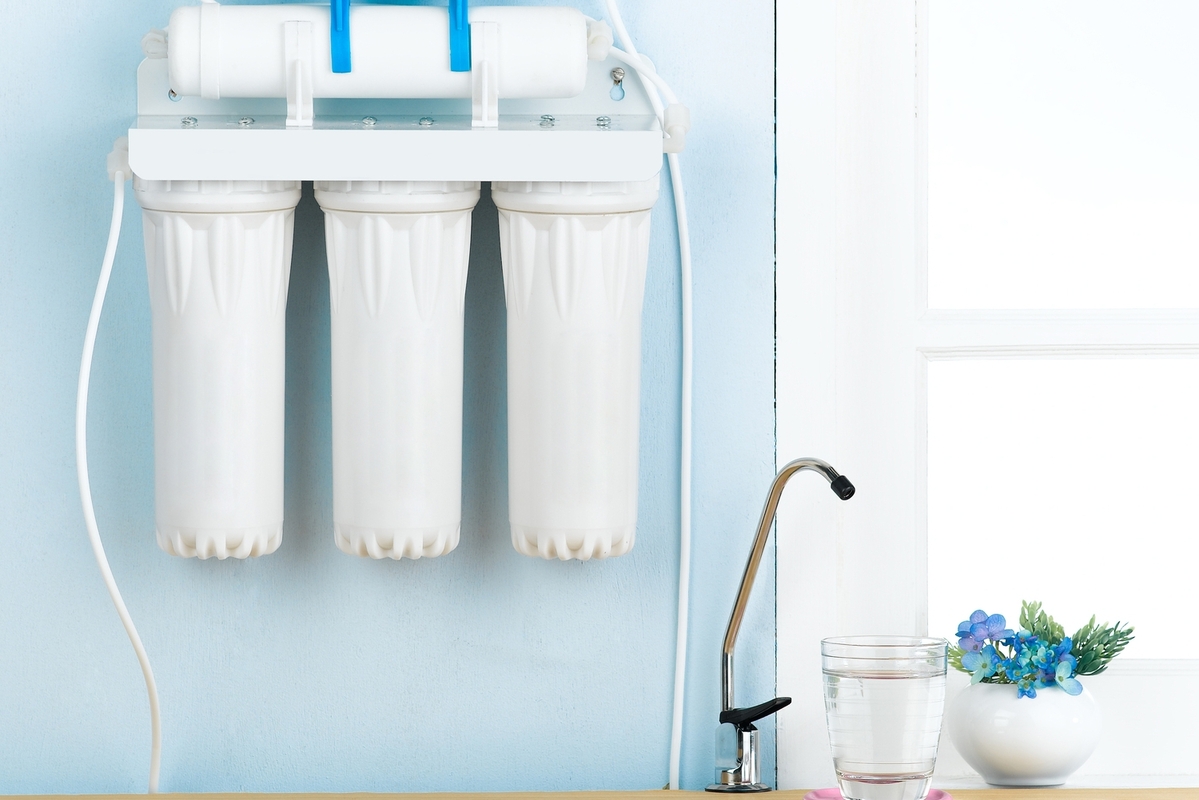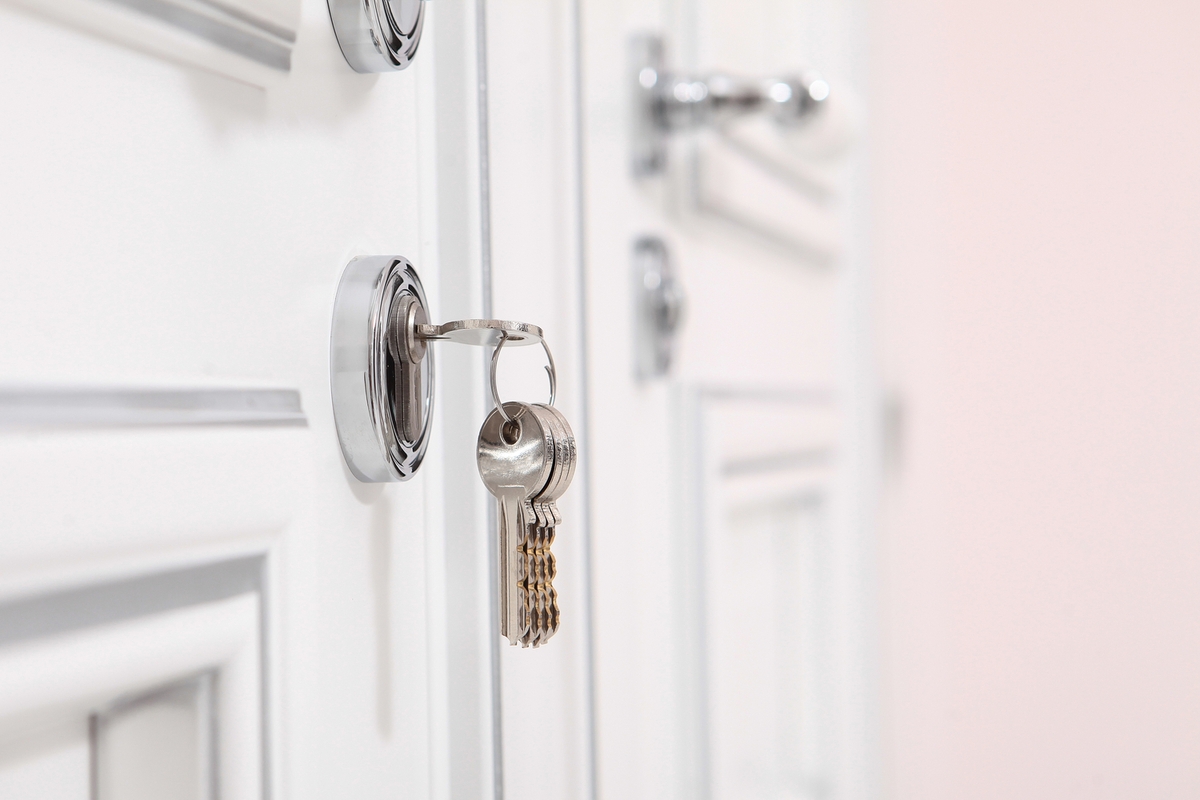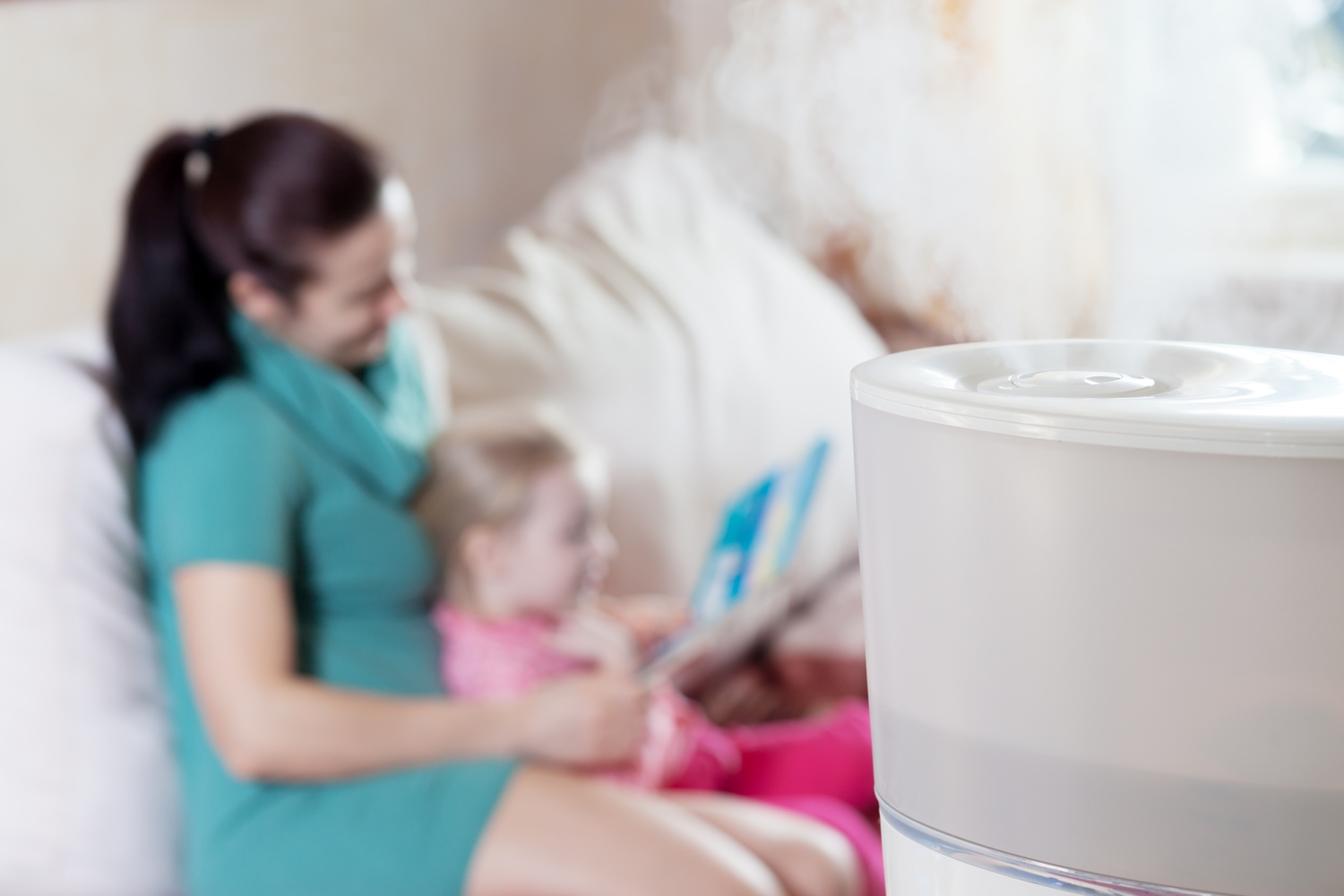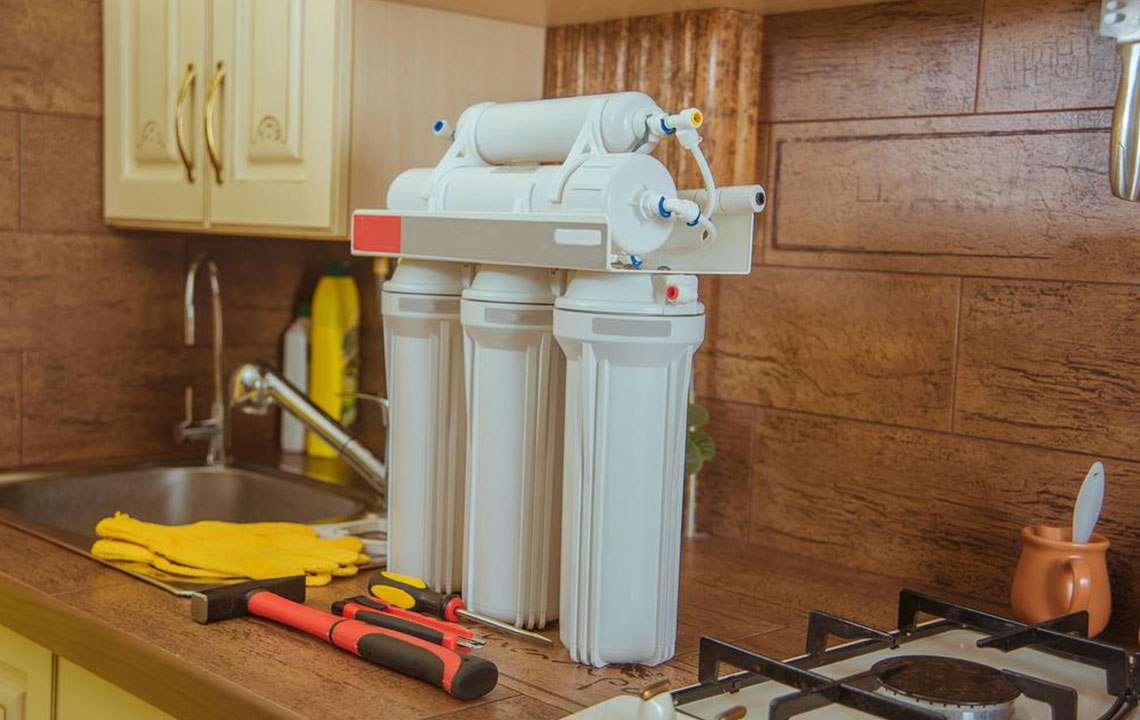Understanding Water Filtration Costs: A Comprehensive Guide
Water filtration is a critical aspect of maintaining clean and safe water for residential, commercial, and industrial purposes. With an increasing awareness of water contamination, more and more households and businesses are investing in water filtration systems. However, understanding the costs associated with water filtration systems can be daunting, especially given the wide variety of options available in the market.
This guide aims to break down the costs of water filtration systems, including initial installation, maintenance, and long-term expenses.

Types of Water Filtration Systems and Their Costs
There are several types of water filtration systems available, each varying in cost, efficiency, and installation requirements. These systems are designed to address different types of contaminants present in the water. Let’s explore the most common types of water filtration systems:
1. Point-of-Use (POU) Water Filtration Systems
These systems are typically installed at a single water source, such as a kitchen sink or refrigerator. POU systems are ideal for filtering water for drinking and cooking purposes.
Types of POU Systems:
- Activated Carbon Filters : These are the most common type and are used to remove chlorine, sediment, volatile organic compounds (VOCs), and other chemicals from the water.
- Reverse Osmosis (RO) Systems : RO systems are highly effective in removing a wide range of contaminants, including lead, arsenic, fluoride, and other dissolved solids.
Cost Breakdown:
- Activated Carbon Filters : $20 to $200 (for countertop or under-sink filters)
- Reverse Osmosis Systems : $150 to $500 (for home installations)
Installation Costs:
- Activated Carbon Filters : DIY installation, often included in the purchase price.
- Reverse Osmosis Systems : $150 to $300 for professional installation.
Maintenance Costs:
- Activated Carbon Filters : Cartridge replacement costs range from $20 to $80 every 6 to 12 months.
- Reverse Osmosis Systems : Membrane replacement costs are approximately $50 to $150 every 1-3 years, and pre-filters typically need replacement every 6 months at a cost of $10 to $30.
2. Whole House Water Filtration Systems
Whole house systems are installed at the point where water enters the home, ensuring that all the water used within the home is filtered. These systems are suitable for families or businesses looking for comprehensive water purification.
Types of Whole House Systems:
- Sediment Filters : Remove large particles and debris from the water.
- Activated Carbon Filters : Primarily used to reduce chlorine, chemicals, and odors throughout the house.
- Water Softener Systems : These systems are used to remove minerals like calcium and magnesium, which cause hard water.
- UV Water Purifiers : Kill bacteria and viruses by using ultraviolet light.
Cost Breakdown:
- Sediment Filters : $50 to $300 (depending on size and brand)
- Activated Carbon Filters : $300 to $1,500
- Water Softener Systems : $400 to $2,500
- UV Water Purifiers : $200 to $1,000
Installation Costs:
- Sediment Filters : $200 to $500
- Activated Carbon Filters : $500 to $1,500
- Water Softener Systems : $500 to $2,000
- UV Water Purifiers : $250 to $800
Maintenance Costs:
- Sediment Filters : Cartridge replacements range from $50 to $150 every 6 months.
- Activated Carbon Filters : Filter replacement costs between $100 and $300 every 12 months.
- Water Softener Systems : Salt for regeneration costs around $5 to $10 per month.
- UV Water Purifiers : UV lamp replacement costs range from $50 to $150 every 1-2 years.
3. Portable Water Filtration Systems
Portable water filters are typically used by people on the go or in emergency situations. They include items such as water filter pitchers, portable bottle filters, and water purification tablets.
Cost Breakdown:
- Water Filter Pitchers : $15 to $50
- Portable Bottle Filters : $25 to $100
- Water Purification Tablets : $5 to $15 for a 30-day supply
Maintenance Costs:
- Water Filter Pitchers : Filter replacements cost $10 to $20 every 1-3 months.
- Portable Bottle Filters : Replacement filters cost $15 to $30 every 3-6 months.
Key Factors Affecting Water Filtration Costs
The cost of a water filtration system depends on several factors, including the type of system, the contaminants to be removed, and the size of the property or water consumption needs.
1. Water Quality and Contaminants
The more contaminants that need to be filtered from the water, the more complex and expensive the filtration system will be. For example, homes with hard water may need a water softener, which adds to the overall cost. If the water contains heavy metals or bacteria, a reverse osmosis system or UV purification may be necessary.
2. System Size and Capacity
Larger homes or businesses with high water consumption will require more powerful filtration systems. Whole-house systems typically cost more than point-of-use systems due to their larger size and capacity to filter water for the entire property.
3. Brand and Features
Premium brands with advanced features, such as digital monitoring, automatic filtration changes, or self-cleaning mechanisms, tend to cost more. However, these added features may provide greater convenience and longer-term cost savings.
4. Installation Complexity
The installation cost can vary depending on the complexity of the system. Whole-house systems often require professional installation, which can be expensive, while smaller systems can typically be installed by the homeowner.
Long-Term Costs of Water Filtration Systems
While the upfront cost of a water filtration system is a key consideration, ongoing maintenance and filter replacements should also be factored into the overall cost. Over time, the total cost of ownership can exceed the initial installation price.
For example, reverse osmosis systems may require membrane and filter replacements every 1-3 years. While these costs are manageable, they can add up over time. On the other hand, water softeners may have lower annual maintenance costs but require regular salt replenishment.
Table: Water Filtration System Costs Comparison
| Type of System | Initial Cost Range | Installation Cost Range | Maintenance Costs |
|---|---|---|---|
| Point-of-Use Systems | $20 – $500 | $0 – $300 | $20 – $150 annually |
| Whole House Systems | $50 – $2,500 | $200 – $2,000 | $50 – $300 annually |
| Portable Water Filters | $5 – $100 | $0 | $10 – $30 annually |
Choosing the right water filtration system depends on several factors, including the type and quality of water in your area, your budget, and your household or business needs. Understanding the costs involved—ranging from initial installation to long-term maintenance—will help you make an informed decision. Whether you’re looking for a small pitcher filter or a comprehensive whole-house system, there’s an option to suit your requirements and ensure clean, safe drinking water.
Before purchasing a water filtration system, it is recommended to have your water tested to identify the specific contaminants that need to be addressed. This will allow you to select the most appropriate and cost-effective solution.
References:
- EPA Water Quality Standards
- Consumer Reports: Best Water Filters
- National Sanitation Foundation (NSF)




